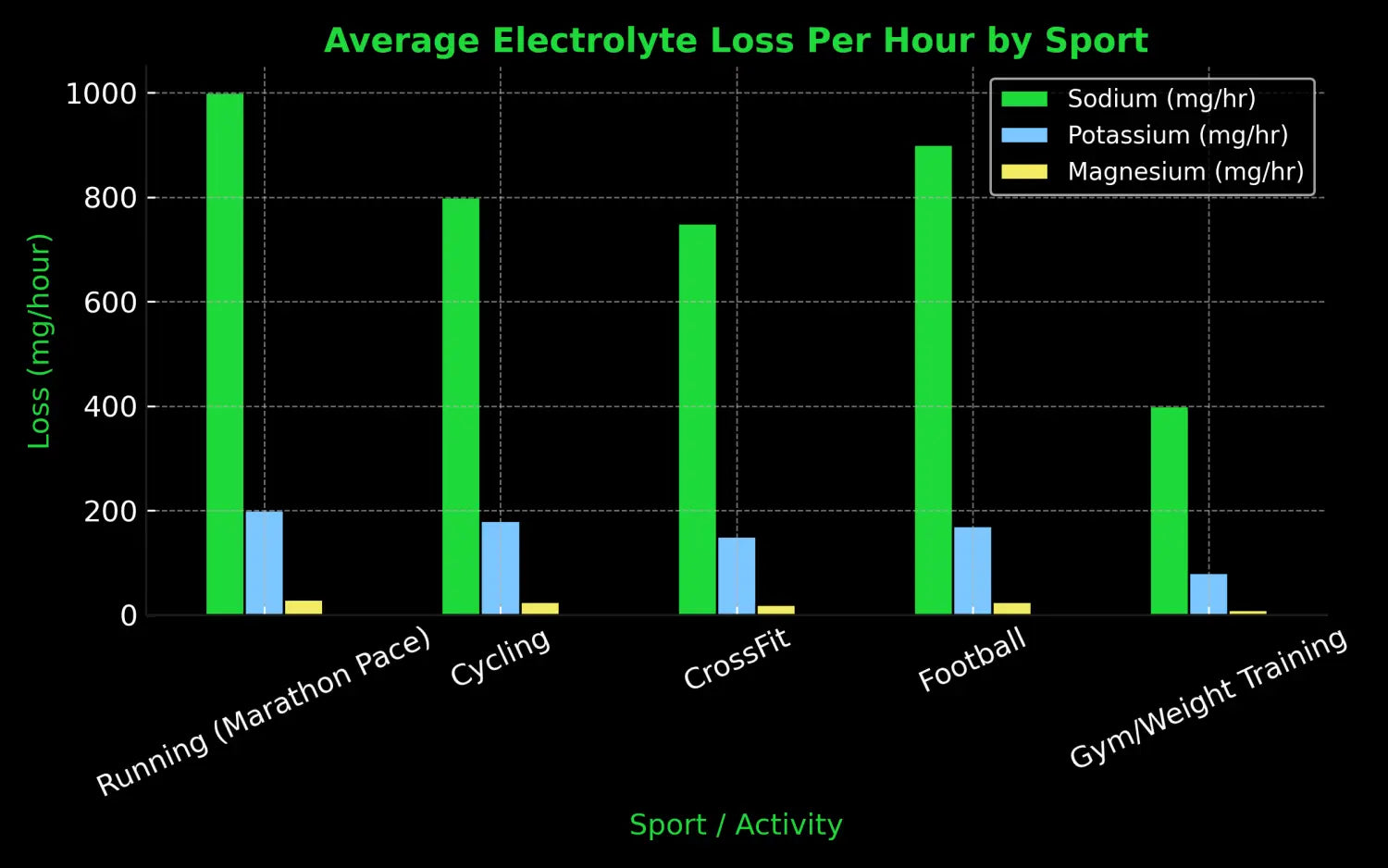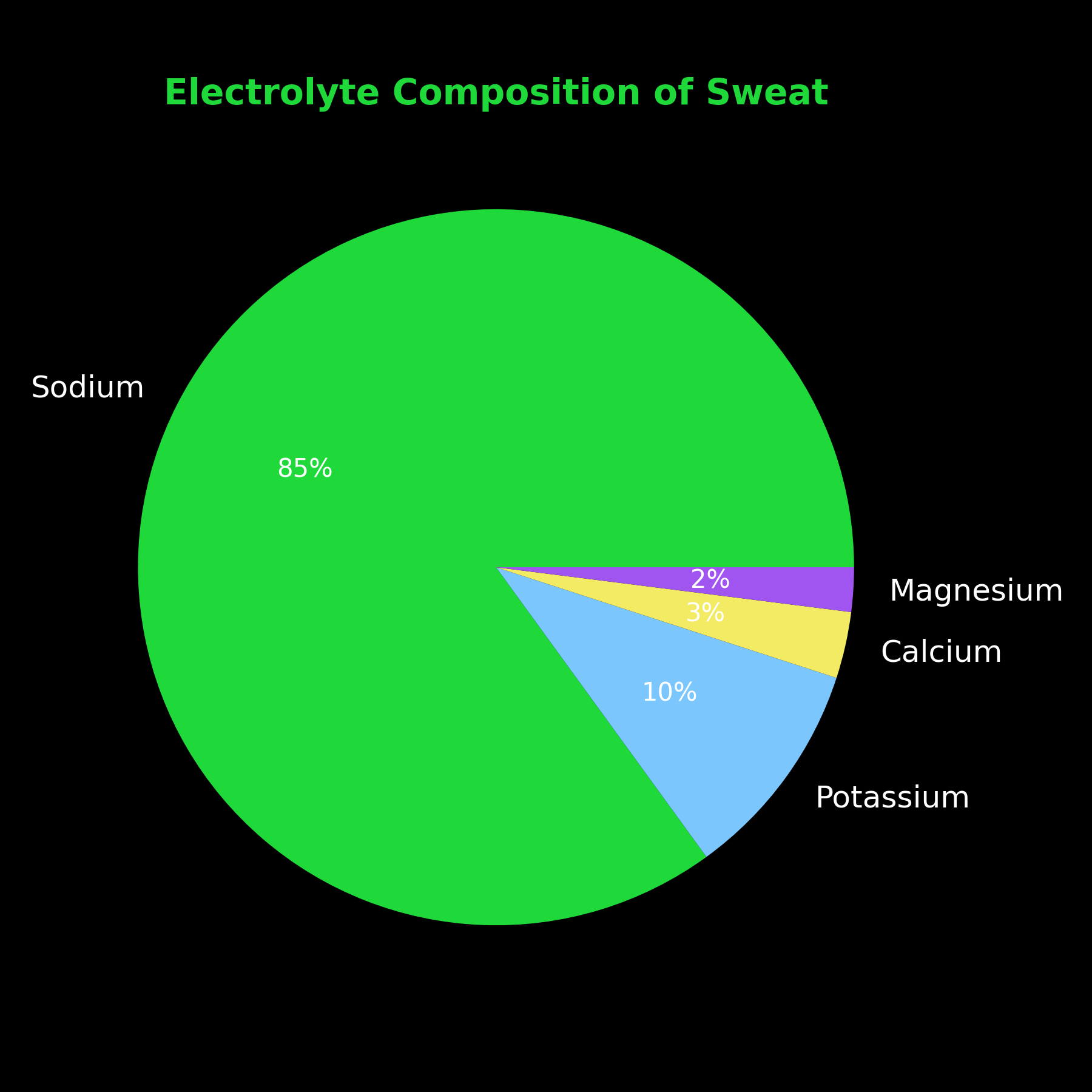Inside the Scoop: Electrolyte Supplements - The Complete, Science-Backed Guide
If water is the fuel, electrolytes are the wiring that makes your engine run. This guide explains electrolytes in plain English so even a total beginner finishes confident and ready to hydrate like a pro.
- What are electrolytes
- Why electrolytes matter for health and performance
- How you lose electrolytes and how much
- Signs of imbalance and when to act
- The main electrolytes, explained one by one
- Food sources vs supplements
- Powder, tablet, capsule, sports drink - the pros and cons
- How to dose: simple plans for gym, endurance, heat, and daily life
- Myths vs facts
- FAQs people search for
- Useful UK links and studies
Shop hydration and electrolytes: https://mygymsupplements.shop/collections/hydration-supplement https://mygymsupplements.shop/search?q=hydration&options%5Bprefix%5D=last https://mygymsupplements.shop/search?q=electrolyte%20powder https://mygymsupplements.shop/search?q=electrolyte%20tablets https://mygymsupplements.shop/search?q=salt%20caps https://mygymsupplements.shop/search?q=sports%20drink%20electrolyte
What Are Electrolytes
Electrolytes are minerals that carry an electrical charge when dissolved in fluid. Your body is basically an electrolyte powered circuit. These minerals allow nerve cells to send signals, muscle fibres to contract, the heart to keep rhythm, and your cells to hold the right amount of water. The big players are sodium, potassium, magnesium, calcium, and chloride, with supporting roles for phosphate and bicarbonate.
When you sweat, you do not lose just water. You sweat out sodium and smaller amounts of potassium, magnesium, calcium, and chloride. Drink only plain water after a heavy sweat session and you can dilute your blood sodium too much. That is why the best hydration strategies include both water and electrolytes. This applies to runners, lifters, team sport athletes, outdoor workers, and anyone sweating during a heatwave.
Why Electrolytes Matter For Health And Performance
Muscle and nerve function
Sodium and potassium create the electrical gradient that lets nerves fire and muscles contract. Magnesium acts like a natural brake that helps muscles relax between contractions. Calcium is the trigger that lets the actin and myosin in muscle cells grab and pull. If these are out of balance, movements feel weaker, shakier, or cramp prone.
Fluid balance and blood pressure
Electrolytes keep water in the right places - inside cells, between cells, and in the bloodstream. Too little sodium relative to water can lead to low blood sodium. Too little water relative to sodium leads to dehydration. Balance is the goal.
Thermoregulation and endurance
During long efforts your cooling system depends on sweat. Replacing fluid and sodium helps maintain sweat rate and cardiovascular output so you can keep pace rather than fade late in the session or match.
Headache and fatigue reduction
Many so called dehydration headaches are fluid plus sodium issues. Drink some water, add a pinch of salt or an electrolyte tab, and the fog often lifts faster. That is the power of matching water with minerals.
How You Lose Electrolytes And How Much
Loss depends on temperature, humidity, clothing, genetics, fitness, pace, and session length. A light gym session might cost only a few hundred milligrams of sodium. Hot weather football or a marathon can cost several grams in a single event. Sweat rate testing is the gold standard, but you can also use typical ranges as a starting point and then adjust based on thirst, body weight change, urine colour, and how you feel.

Most sweat is water plus sodium. Potassium and magnesium are present in much smaller amounts, which is why sodium is usually the focus for long or hot training days.

Signs Of Electrolyte Imbalance
Electrolyte problems exist on a spectrum. Mild issues feel like brain fog, heavy legs, or early cramps. Moderate issues can bring dizziness, nausea, and a drop in performance. Severe issues are rare in normal training but can happen in ultra events or during illness and need urgent care.
- Thirst that does not settle with a few sips of water
- Headache, lightheadedness, or unusual irritability
- Cramping or twitching during or after sessions
- Very dark urine or very frequent clear urine when you are drinking a lot without electrolytes
- Sudden drop in pace or strength unrelated to effort
If symptoms are severe or you suspect heat illness, seek medical help. When in doubt, sit in the shade, cool down, and take small sips of fluid with electrolytes.
The Main Electrolytes Explained
Sodium
The workhorse of hydration. It keeps fluid in the bloodstream and supports nerve and muscle function. It is the primary electrolyte lost in sweat. Most athletes do well targeting roughly 300 to 500 mg sodium per hour during long or hot sessions and more if they are very salty sweaters. Daily intake should be tailored to health status and diet, so talk to a professional if you have high blood pressure or are on a low sodium plan.
Potassium
Works with sodium to control nerve signals and heartbeat rhythm. Foods like potatoes, bananas, beans, and yoghurt cover most needs. During very long events, a modest top up can help, but sodium remains the priority for most people.
Magnesium
Involved in energy production and helps muscles relax after they contract. True deficiency is not common, but intake can be borderline in some diets. Many electrolyte mixes include a small amount of magnesium as citrate or glycinate because those forms tend to be gentler on the stomach.
Calcium
Essential for muscle contraction, nerve transmission, and bone health. Most electrolyte products include only a small amount because typical diets supply plenty. If dairy free, make sure your base diet includes fortified foods or a dedicated calcium source.
Chloride
Pairs with sodium in salt and supports fluid balance and stomach acid production. Usually covered automatically when sodium is present as sodium chloride.
Phosphate and Bicarbonate
These help buffer acid during hard exercise and support energy systems. You rarely need to supplement them directly in a hydration product, but they explain why some advanced endurance formulas include small buffering ingredients.
Food Sources Versus Supplements
Whole foods are the foundation. Supplements are the tool that makes precision and convenience easy during training. Here is a quick comparison to help you decide.
| Source | Typical Electrolytes | Pros | Cons |
|---|---|---|---|
| Coconut water | High potassium, modest sodium | Natural, tasty, easy to drink | Often too low in sodium for heavy sweaters |
| Banana, potato, beans | Potassium, magnesium | Nutritious with fibre and vitamins | Not practical mid session |
| Salted foods | Sodium and chloride | Cheap and effective | Hard to quantify during training |
| Electrolyte powder or tablet | Precisely dosed sodium with supporting minerals | Portable, measurable, easy to adjust to conditions | Quality varies, read labels |
| Sports drink with carbs | Sodium plus carbohydrate | Great for endurance where fuel and fluid are both required | Not ideal if you want zero sugar |
Browse options: https://mygymsupplements.shop/search?q=electrolyte%20powder https://mygymsupplements.shop/search?q=electrolyte%20tablets https://mygymsupplements.shop/search?q=salt%20caps https://mygymsupplements.shop/search?q=sports%20drink%20electrolyte
Forms Of Electrolyte Supplements And How To Choose
Powders
The most flexible option. You can set the concentration based on bottle size and conditions. Many advanced formulas add vitamins or amino acids. Look for clear sodium content per serving and avoid hidden sugars unless you want the carbs.
Effervescent tablets
Perfect for on the go convenience. Drop a tab into your bottle and you are done. Tabs are usually lower in sodium than powders which is great for shorter sessions but you may need two tabs in hot weather.
Capsules
Salt caps make it easy to target specific sodium amounts without changing flavour. Useful for ultra events where carrying powder is messy. Always drink water with them.
Ready to drink
Fast and simple. The trade off is cost and weight if you are carrying multiple bottles. Check the label so the sodium matches your needs.
How To Dose Electrolytes: Simple Plans You Can Use Today
There is no single perfect plan. The right approach is personal and depends on your sweat rate, the weather, pace, and gut comfort. Use the plans below as a starting point then adjust based on results.
Daily life and light training
- Drink to thirst across the day
- Use an electrolyte tab or half scoop if you tend to get headaches by afternoon or work in a warm space
- Focus your diet on potassium rich foods like potatoes, beans, and fruit
Gym sessions up to 60 minutes
- Water is usually enough
- If the gym is hot or you sweat heavily, add 300 to 500 mg sodium in your bottle
Endurance training 60 to 180 minutes
- Aim for 300 to 500 mg sodium per hour. Salty sweaters may need more
- Pair electrolytes with carbohydrates if the session is long or intense
- Use a bottle with measured markings so you know how much you have taken
Team sports in heat
- Pre hydrate with 500 ml water plus 500 to 700 mg sodium 60 to 90 minutes before kick off
- Sip electrolytes during breaks
- Weigh yourself before and after as a simple check. More than 2 percent body weight loss means you likely under fueled or under hydrated
Illness recovery
- Use an oral rehydration style product or an electrolyte drink with a little sugar and salt for better absorption
- Small frequent sips beat large gulps for a sensitive stomach
Important: anyone with kidney, heart, or blood pressure issues should talk to a healthcare professional before making big changes. If you are on medication that affects fluid balance, get personalised guidance.
Common Myths And Straight Facts
Myth: just drink more water
Fact: water alone can dilute blood sodium during long or hot sessions. Pair water with sodium in proportion to your sweat losses.
Myth: sports drinks are bad because they have sugar
Fact: sugar is fuel. If you are doing long endurance work, carbs plus electrolytes can improve performance. If you want low calorie, choose a sugar free electrolyte mix instead.
Myth: cramps are only about electrolytes
Fact: electrolytes help, but cramps can also be triggered by fatigue, unfamiliar intensity, or pacing. Train the way you race and adjust all the variables, not only salt.
Myth: more salt is always better
Fact: the goal is balance. Too much salt without enough water can make you feel worse. Start with sensible ranges and adjust.
Electrolyte FAQs People Ask
Do electrolytes hydrate you faster than water
In many real world cases yes. Electrolytes help your body retain the fluid you drink and move it to the right places. That is why oral rehydration solutions are used in healthcare settings and why athletes rely on electrolytes in heat.
Are electrolytes safe to drink every day
For most healthy adults yes, especially if you train and sweat. Choose lower sodium mixes on rest days and higher sodium when conditions are hot or sessions are long. If you have a medical condition or are on medication, ask your healthcare provider first.
Are rehydration sachets worth it
They are very effective when you need a precise mix that is easy on the stomach, such as during illness or travel. For everyday training, dedicated sports electrolyte powders and tabs are more flexible on taste and dosage.
Is coconut water an electrolyte
Yes. It is high in potassium but relatively low in sodium. It is refreshing but often needs extra sodium for heavy sweaters or long sessions.
What are the five signs of dehydration
Thirst, dark urine, headache, fatigue, and a sudden dip in performance. If symptoms escalate or you feel unwell, stop and rehydrate in a cool place and seek help if needed.
How do I make a simple homemade hydration drink
Mix water with a small pinch of salt and a splash of fruit juice for flavour and a little sugar. It is not as precise as a formulated product but it works in a pinch.
Useful UK Links And Studies
- https://www.nhs.uk/live-well/eat-well/food-guidelines-and-food-labels/water-drinks-nutrition/
- https://www.bmj.com/content/359/bmj.j5241
- https://www.bjsm.bmj.com/
- https://www.ukactive.com/
External links are provided for education only.
https://mygymsupplements.shop/collections/hydration-supplement



0 comments